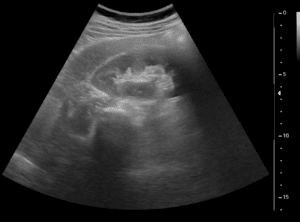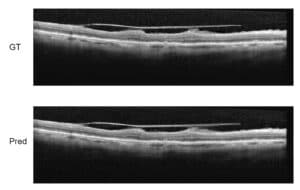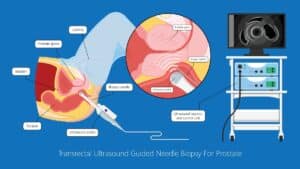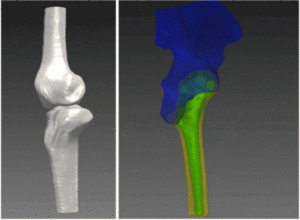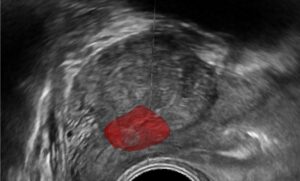Precise maps in real time of all the speed sign alerts to be met on the road are very popular today. RSIP Vision is one of the companies driving the use of image processing technologies in this field. Accordingly, we have developed a traffic signs detection and classification software, the main goal of which would be to correctly identify speed limit signs encountered by drivers. This information would then be delivered to a central database for update and process, together with the GPS information of the location the speed alert was found at.
This road sign detection project is challenging in different ways: mainly because the speed of the car and the light conditions – in the area of the sign at the time the car transits – can make the detection slower or less reliable. And also because the speed of capture and processing of each image depends on the level of sophistication given by the hardware and by the algorithms developed to this effect.
The need for the regular alerts to the driver regarding road signs is due to the frequency variation of speed limitations, mainly due to roadwork and other maintenance, but also to changes in rulings and regulations, whether local or other. Our project is a further step in helping drivers respect traffic laws and signs. The main benefit of this system, based on RSIP Vision’s expertise in image processing and machine learning is that it provides an alert and an automatic update of the database with no specific need for human intervention.
The same tools used by this traffic sign recognition project are often utilized also in other Advanced Driver Assistance Systems (ADAS): these are technologies helping to increase driver’s awareness and automate tasks in his/her car. These sophisticated and very modern automotive-safety systems are being promoted by major names coming from the automobile and the IT industries; they represent a significant step towards semi or wholly automated cars.
This benefit is possible owing to the concomitant presence of several functions: a camera to collect road information, a GPS system to identify the location of the sign and a communication line to send the above data to a central station. The database will be updated if the information incoming from the first frame is valid, i.e. confirmed by one or more subsequent frames taken from the same car (a few instants after the first frame) or by other cars circulating on the same road.
This road sign detection project is challenging in different ways: mainly because the speed of the car and the light conditions – in the area of the sign at the time the car transits – can make the detection slower or less reliable. And also because the speed of capture and processing of each image depends on the level of sophistication given by the hardware and by the algorithms developed to this effect.
The need for the regular alerts to the driver regarding road signs is due to the frequency variation of speed limitations, mainly due to roadwork and other maintenance, but also to changes in rulings and regulations, whether local or other. Our project is a further step in helping drivers respect traffic laws and signs. The main benefit of this system, based on RSIP Vision’s expertise in image processing and machine learning is that it provides an alert and an automatic update of the database with no specific need for human intervention.
The same tools used by this traffic sign recognition project are often utilized also in other Advanced Driver Assistance Systems (ADAS): these are technologies helping to increase driver’s awareness and automate tasks in his/her car. These sophisticated and very modern automotive-safety systems are being promoted by major names coming from the automobile and the IT industries; they represent a significant step towards semi or wholly automated cars.
This benefit is possible owing to the concomitant presence of several functions: a camera to collect road information, a GPS system to identify the location of the sign and a communication line to send the above data to a central station. The database will be updated if the information incoming from the first frame is valid, i.e. confirmed by one or more subsequent frames taken from the same car (a few instants after the first frame) or by other cars circulating on the same road.
Our software is developed to detect a road sign at distance and compare it via machine learning to two classifiers, in order to identify if it is a speed limit sign and what that limit is. These detection and classification processes being based on machine learning, the application is able to do things that regular “engineered” software cannot do. Once ascertained that there is a sign, that it is round, that it has a red border and other such features typical of speed limit signs, our software is able to communicate the findings, including the GPS coordinates of the site.
The project can be considered a success since the result perfectly corresponds to the expectations of fast road signs detection and classification, even under different visibility conditions. In case of low number of frames, we can assess the statistical probability of the correctness of the information, leading to a close to optimal decision system on his side.
The project can be considered a success since the result perfectly corresponds to the expectations of fast road signs detection and classification, even under different visibility conditions. In case of low number of frames, we can assess the statistical probability of the correctness of the information, leading to a close to optimal decision system on his side.

